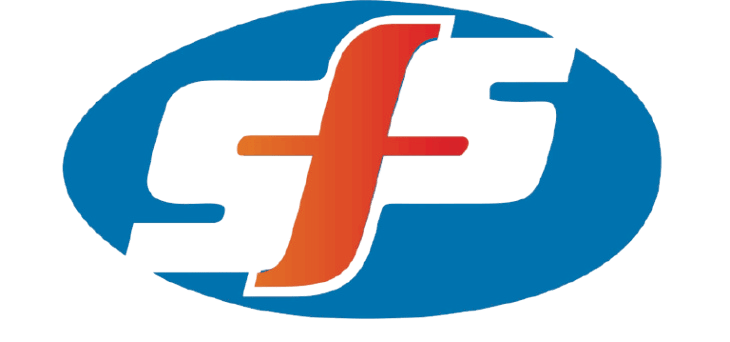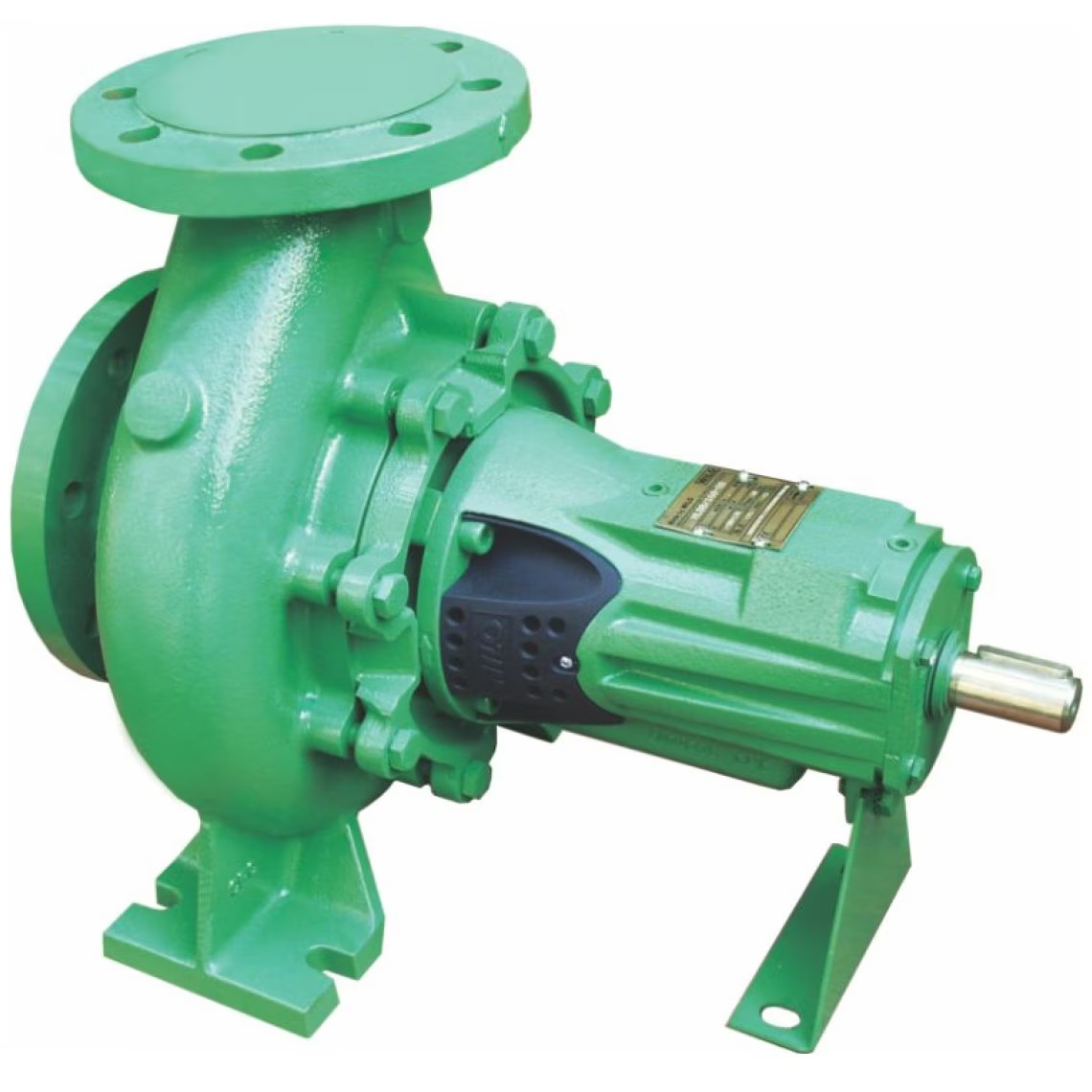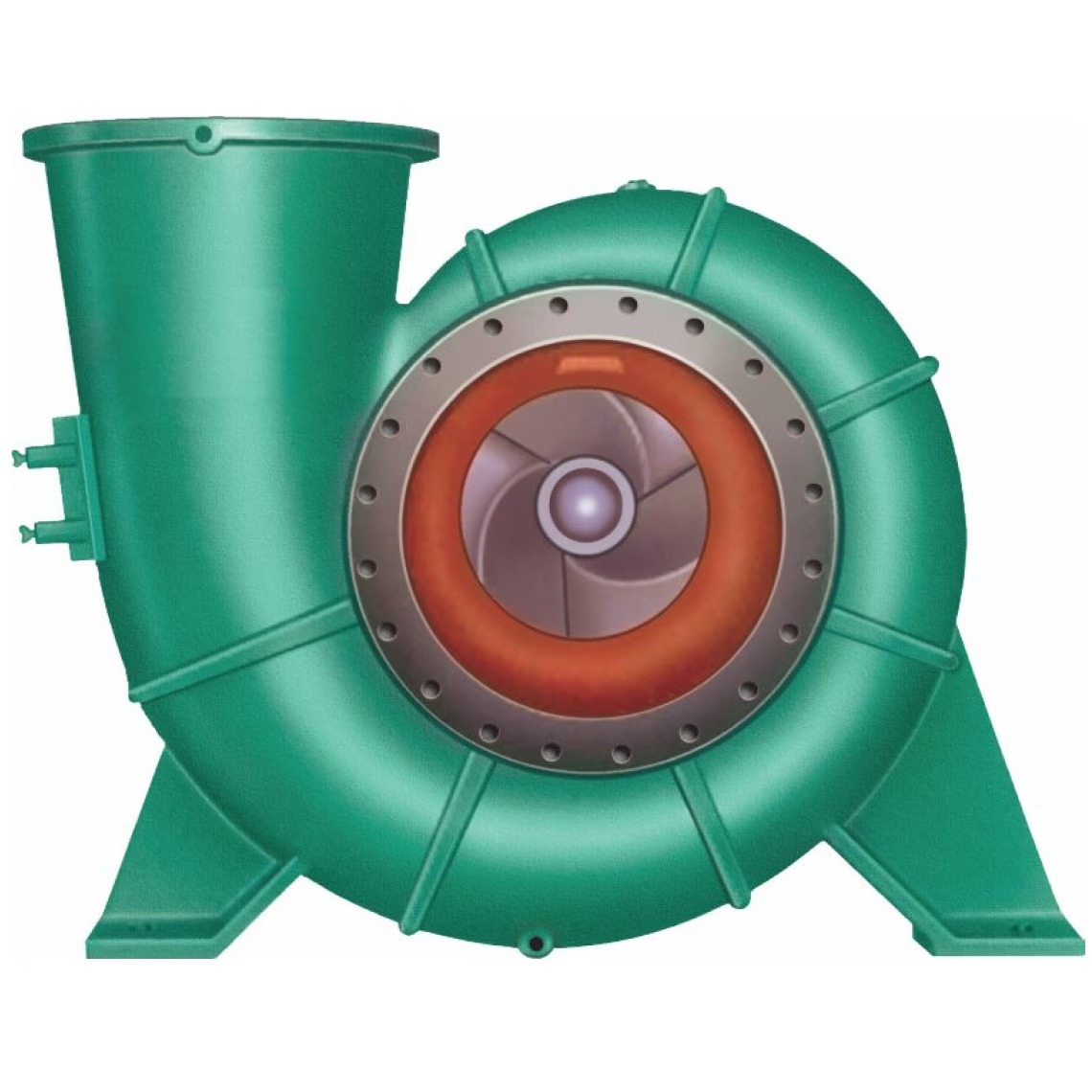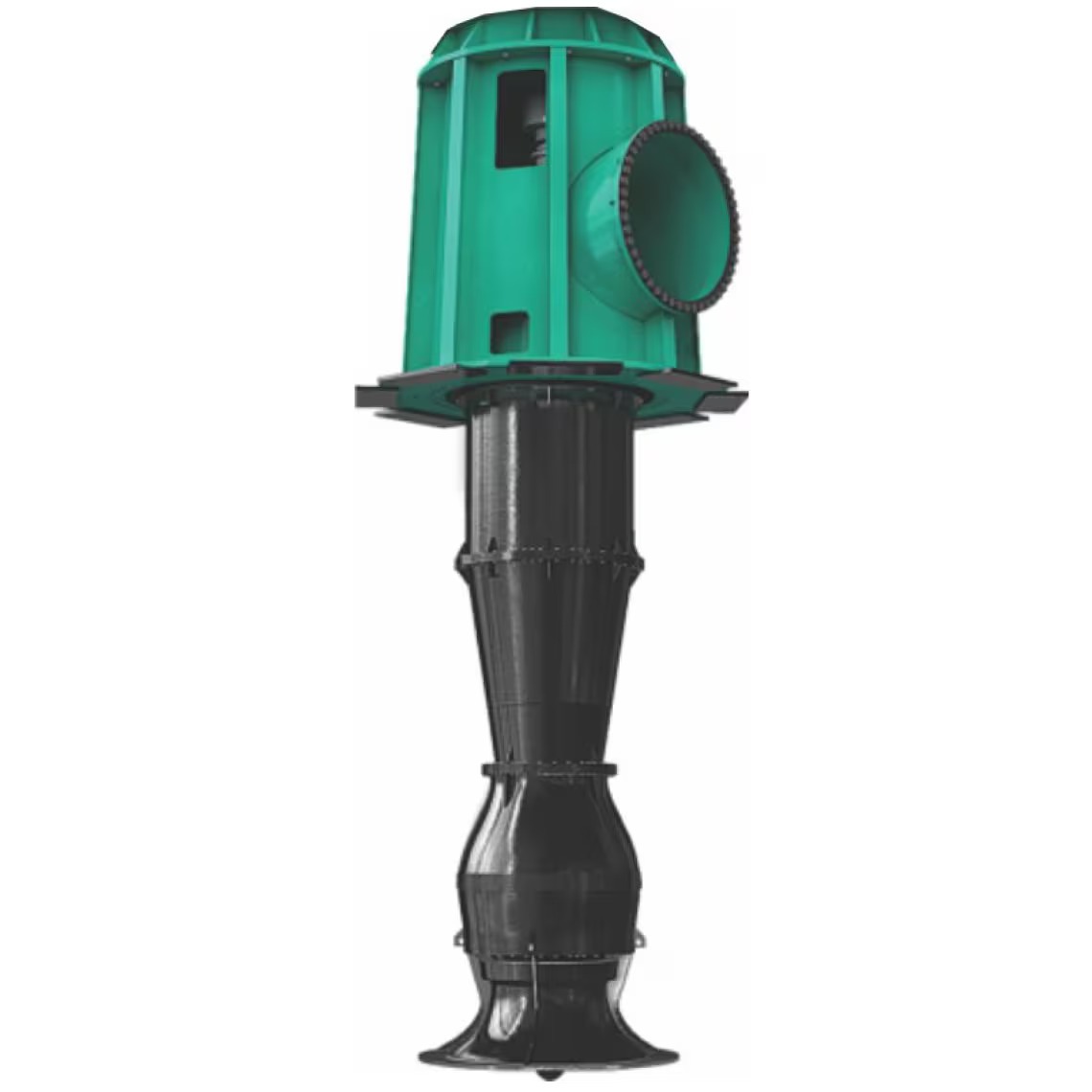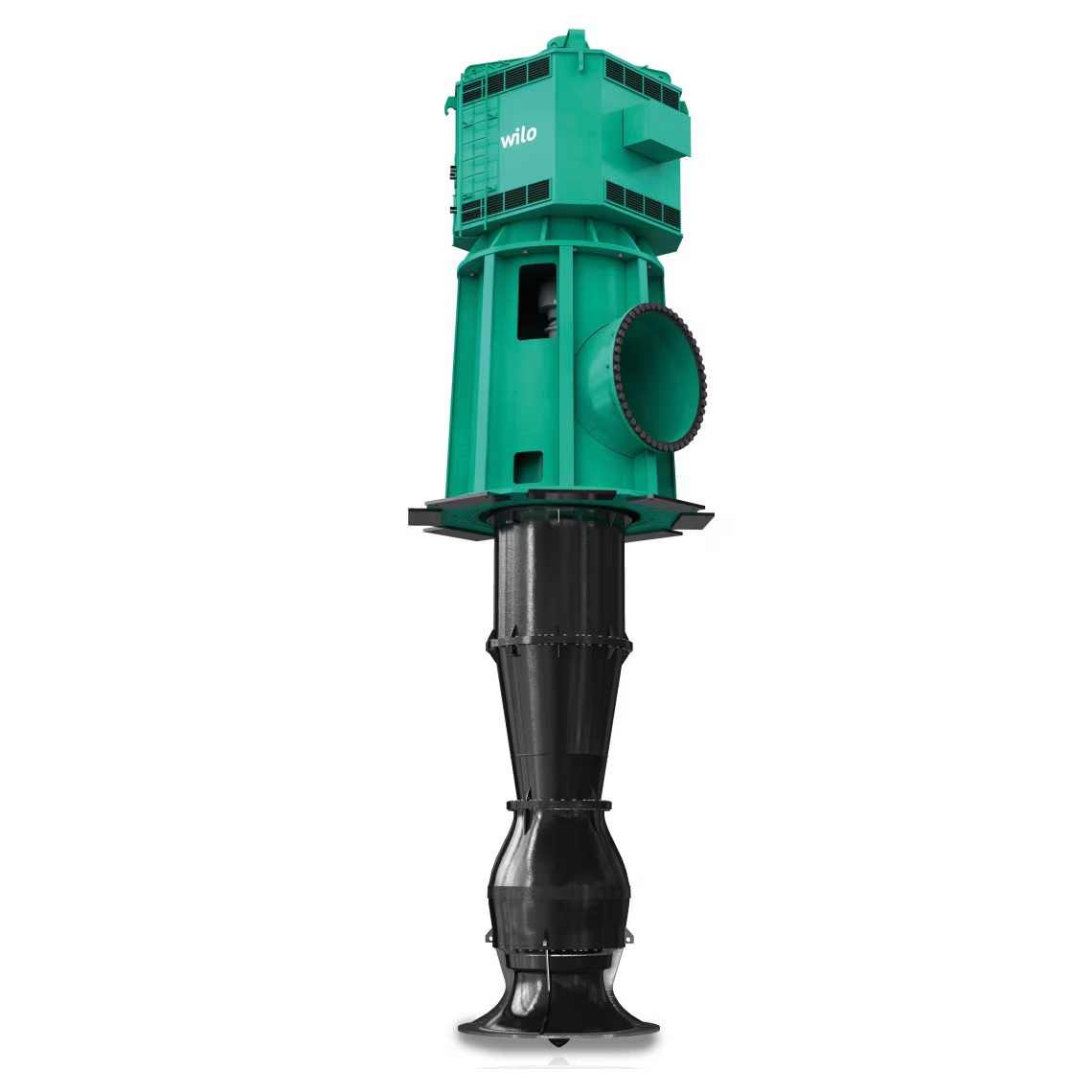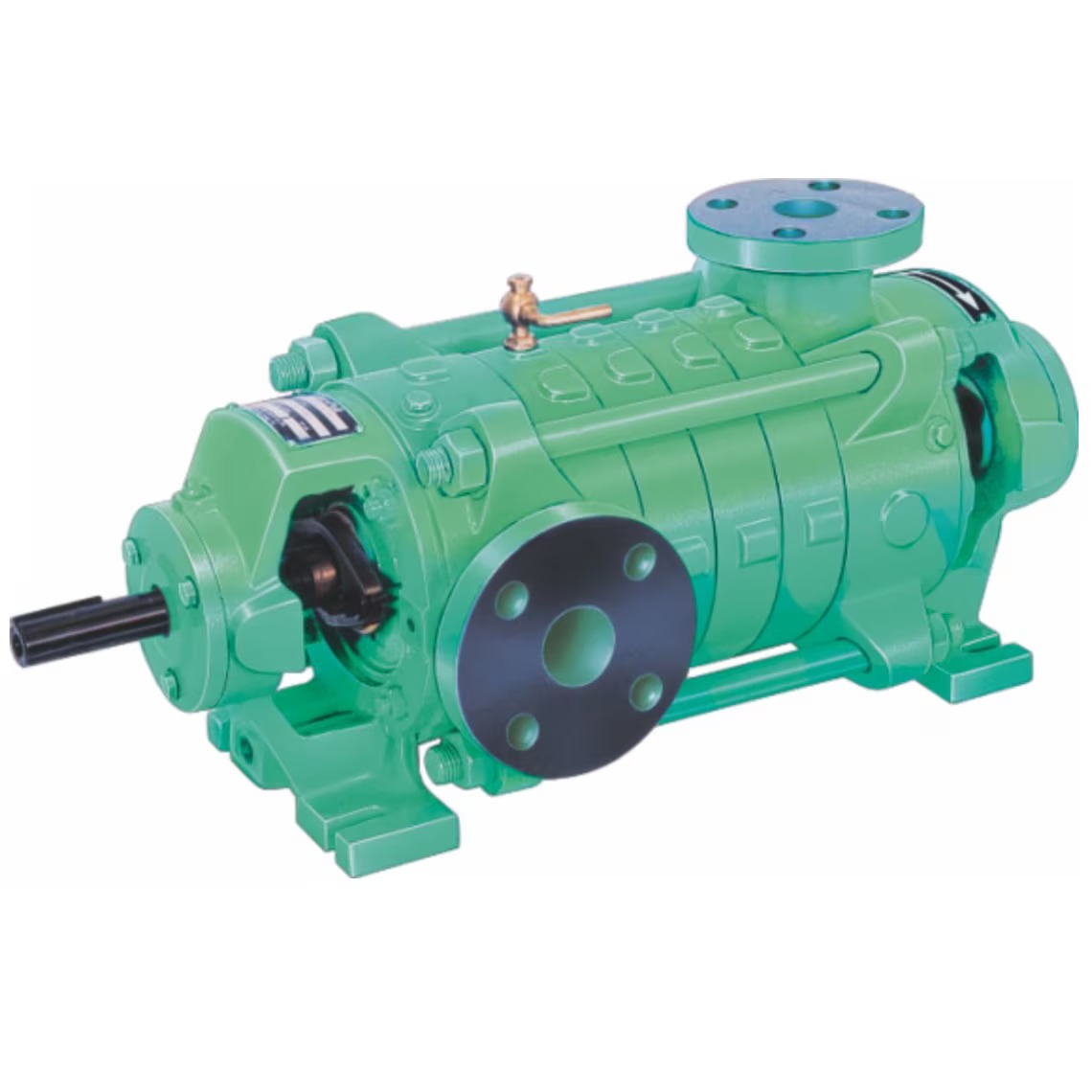Description
A Norm pump, also known as a DIN pump, is a type of standardized centrifugal pump designed according to the EN 733 standard (previously known as DIN 24255). This standard is specific to single-stage, end-suction centrifugal pumps, commonly used in various applications due to their robust design, efficiency, and reliability. Here’s a comprehensive breakdown of Norm pumps as per the EN 733 standard:
1. Design Features
- Single-Stage End-Suction: The EN 733 Norm pump is a single-stage centrifugal pump with an end-suction design. The suction nozzle is horizontal and aligned with the pump’s centerline.
- Back Pull-Out Design: Allows for easy maintenance, as the rotor can be removed without disconnecting the suction or discharge piping.
- Horizontal Orientation: Typically installed with a horizontal motor shaft, which is ideal for spaces requiring a compact, reliable configuration.
- Standardized Dimensions: The pump’s dimensions (flanges, foot dimensions, and shaft extension) are standardized, enabling easy replacement with any other EN 733-compliant pump, regardless of manufacturer.
2. Materials and Construction
- Casing: Often made of cast iron, although other materials like stainless steel are available depending on the application and fluid characteristics.
- Impeller: Can be made of materials such as cast iron, bronze, or stainless steel. Impeller design ensures optimal hydraulic efficiency for a wide range of applications.
- Mechanical Seal or Gland Packing: Standardized sealing systems, including mechanical seals or gland packing, to prevent leakage and ensure reliability under various operating conditions.
- Bearing Design: Typically uses high-quality bearings to ensure a long lifespan and low maintenance requirements.
3. Performance and Efficiency
- Flow Rate and Pressure: Norm pumps are known for a wide range of flow rates and pressure capabilities, suited for different applications from low to medium head requirements.
- High Efficiency: Designed for optimal hydraulic performance, ensuring energy-efficient operation across a broad range of operating conditions.
- Standardized Testing: Performance is typically tested as per ISO 9906 standards, ensuring each pump meets stringent quality and efficiency benchmarks.
4. Applications
Norm pumps are highly versatile and suitable for a wide range of applications due to their adaptability and reliability:
- Industrial and Manufacturing: Used for water supply, circulation, and cooling water systems.
- Building Services: Ideal for heating, ventilation, and air conditioning (HVAC) systems in commercial and residential buildings.
- Agriculture and Irrigation: Commonly used in irrigation systems due to their efficient water handling capabilities.
- Water Supply and Treatment: Suitable for potable water distribution, as well as in sewage and water treatment applications.
- Municipal Services: Frequently employed in water distribution networks and dewatering applications.
5. Advantages
- Standardization: Due to the EN 733 standard, it’s easier to replace, repair, or interchange these pumps across various brands.
- Reduced Maintenance Costs: The back pull-out design and standardized parts reduce the need for frequent maintenance.
- Reliability: Built for continuous duty, ensuring long-lasting, uninterrupted service in demanding environments.
- Flexibility in Application: With a broad range of material options and customization capabilities, Norm pumps are adaptable to a variety of fluids, including clean water, chemicals, and mildly abrasive substances.
6. Compliance and Safety
- European Standard EN 733: Ensures compliance with European regulations, offering reliability and ease of use in various environments.
- ISO and DIN Compliance: Often also meets ISO and DIN standards, which ensures additional safety, quality, and compatibility.
